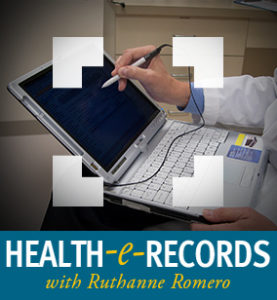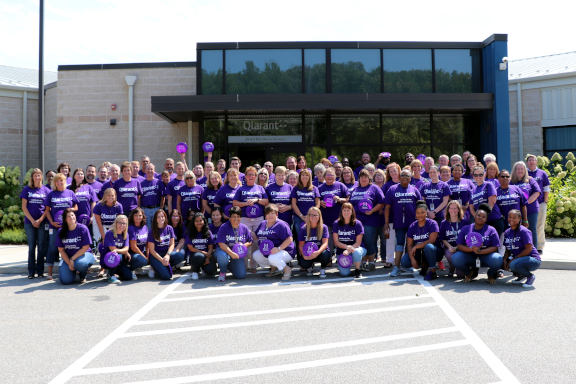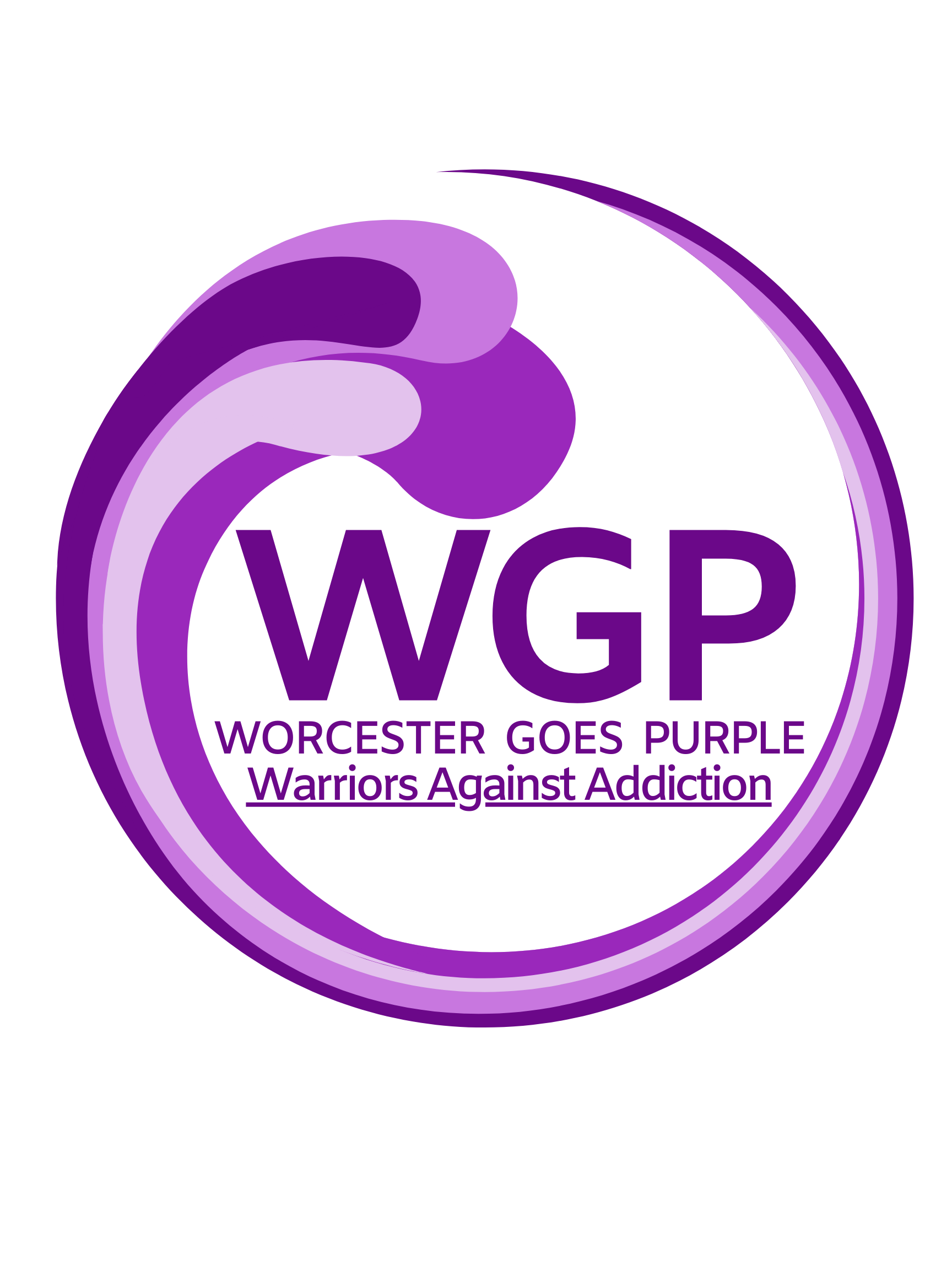The Cost of Data Storage
 Two posts ago when I discussed “The New Microchip”, I mentioned the cloud technology (aka Software-as-a-Service (SaaS) or web-based) online solutions that store data on remote servers and make information accessible online. In addition, in another previous post “Practice Makes Perfect – But We’re Not There Yet”, I mentioned that even today, the EHR is not a comprehensive record for each patient because of the way data is stored on separate servers that do not talk to one another. Why did I talk about these topics then and am now talking about these topics again? I am bringing these topics up again because the main reason for the implementation of the EHR is to improve population health and value-based care and the storage of our health data plays a significant role in the success of this improvement.
Two posts ago when I discussed “The New Microchip”, I mentioned the cloud technology (aka Software-as-a-Service (SaaS) or web-based) online solutions that store data on remote servers and make information accessible online. In addition, in another previous post “Practice Makes Perfect – But We’re Not There Yet”, I mentioned that even today, the EHR is not a comprehensive record for each patient because of the way data is stored on separate servers that do not talk to one another. Why did I talk about these topics then and am now talking about these topics again? I am bringing these topics up again because the main reason for the implementation of the EHR is to improve population health and value-based care and the storage of our health data plays a significant role in the success of this improvement.
Technology is changing the way patients communicate with healthcare providers and how data flows through the healthcare delivery systems. Data gathering is quickly shifting from the individual provider’s office to the individual patient’s hands. Today’s patients are generating their own data in massive quantities through mobile devices such as Fitbits, and DNA testing through commercial means such as 23 and Me. However, even though the data is growing exponentially, (remember the discussion about ‘big data’ in the “You Reap What You Sow” post) quantity does not mean quality. In addition, how can we be sure it is all accurate? To refresh your memory on that subject, refer back to the “Truth or Fiction? Unintentional or Deliberate? Fraud or Abuse?” post. Enough reminiscing. Let us move on to the point of this post, the cost of data storage and all the moving parts of an EHR and how to reign them all in for the greater good.
We can probably agree that the amount of healthcare data is not the issue. Healthcare has a lot of data. The problem lies with storing healthcare data so that providers can “see” the whole patient and the best decisions can be made from all of the available data. In addition, duplicative data is not being combined with existing data stored in various databases. Redundancy of data is not only inefficient, but it is not cost effective. Since we are trying to get to the goal of improved population health and value-based care; efficiency and cost effectiveness play major roles. We can compare healthcare data to housing infrastructure. When building new housing, developers must consider the impact to existing school systems and road infrastructures. In healthcare, we tend to gather and want to continue to gather all possible healthcare data, but we fail to consider the impact on storage and how it will be communicated to all parties that need the information to improve care. Data gathering is moving at a greater velocity than data storage can handle.
 Healthcare professionals, those doing data entry, and the end users of the data should have more say in the design and requirements of the EHR. Human brains and ‘computer brains’ tend not to think in the same way which can lead to some confusion over the real purpose of EHRs. There tends to be a perception that the database developers and the stakeholders of the value-based care directive do not listen to the criticisms of doctors. Many clinicians know what they want but may not have not been asked to provide feedback. Pilots test their engineering systems. Shouldn’t users of the EHR have a say in the development of what is expected to be the key tool in healthcare now and well into the future? On the other hand, could it be that healthcare professionals and database developers speak different languages and either group did not understand the questions asked nor the answers provided. Or is it just that there was no agreement between the two groups on the best way to handle the data?
Healthcare professionals, those doing data entry, and the end users of the data should have more say in the design and requirements of the EHR. Human brains and ‘computer brains’ tend not to think in the same way which can lead to some confusion over the real purpose of EHRs. There tends to be a perception that the database developers and the stakeholders of the value-based care directive do not listen to the criticisms of doctors. Many clinicians know what they want but may not have not been asked to provide feedback. Pilots test their engineering systems. Shouldn’t users of the EHR have a say in the development of what is expected to be the key tool in healthcare now and well into the future? On the other hand, could it be that healthcare professionals and database developers speak different languages and either group did not understand the questions asked nor the answers provided. Or is it just that there was no agreement between the two groups on the best way to handle the data?
Whether we place the EHR in the cloud or in the next greatest media storage format that comes along, i.e. ‘Blockchain’, it is important to keep in mind that data storage has to be able to assist with reigning in all the moving parts of an EHR and other sources of healthcare data for the greater good. Healthcare systems need to be able to share more medical data with more stakeholders for reasons other than just the care of someone’s health—all while ensuring data integrity and more importantly, maintaining privacy and security of data. Data in the wrong hands can increase costs and be dangerous as well. As for what Blockchain really is and means, that topic will have to be saved for a future blog conversation.







